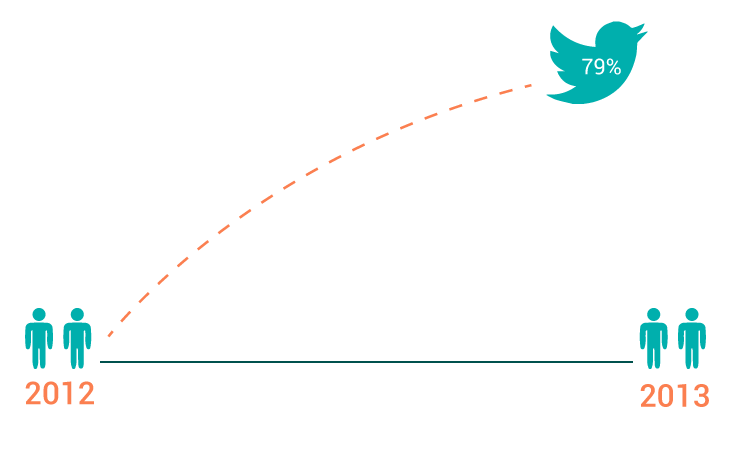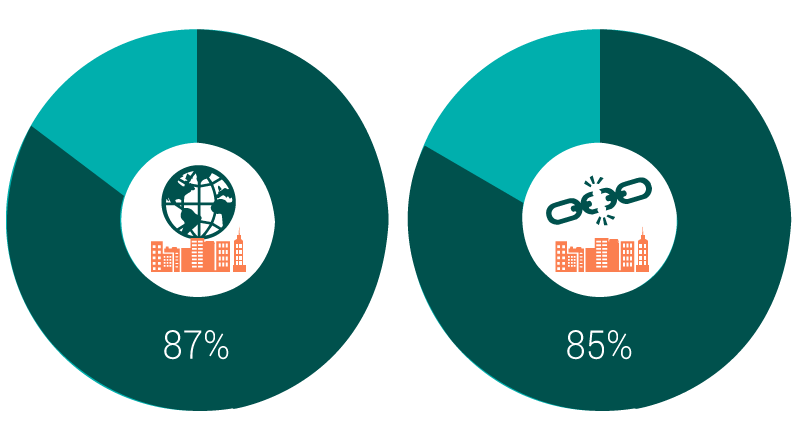You’re not the only one who’s confused by consumer behavior.
Consumers themselves aren’t behaving as they ‘should’.

In the UK, women now account for the majority of video game players, and there are more gamers aged over 44 than under 18.
Internet Advertising Bureau, September 2014

Twitter’s fastest growing demographic between 2012 and 2013 was the 55-64 year age bracket, growing 79%.
Buffer, July 2013
Yes, younger, affluent consumers are still (usually) the earliest adopters of new products and services. They are more open, more experimental and have fewer commitments.
But now any and all revolutionary – or simply just compelling – innovations will be rapidly adopted by, and/or almost instantly reshape the expectations of, any and all demographics.
Society is now too fluid, ideas now too available, the market now too efficient, the risk and cost of trying new things now too low (led by the digital world, but increasingly the case for physical products too) for this not to be the case.
WHY NOW?
A host of factors are combining, feeding off each other and manifesting themselves in four increasingly POST-DEMOGRAPHIC dimensions.
- ACCESS: Ubiquitous global information and collective brand familiarity is fostering an increasingly universal POST-DEMOGRAPHIC experience.
- PERMISSION: Increased freedom is driving the collapse of ‘natural’ convention after convention, and the formation of POST-DEMOGRAPHIC identities.
- ABILITY: The ability to experiment and identify with a wider variety of brands and products is fueling increased POST-DEMOGRAPHIC personalization.
- DESIRE: The eroding connection between financial resources and social status is giving rise to a more democratic POST-DEMOGRAPHIC status, and changing the balance of power between generations.
SO WHAT?
How should executives and marketers navigate a POST-DEMOGRAPHIC world? Four immediate innovation opportunities present themselves.
- NEW NORMAL: Embrace and celebrate new racial, social, cultural and sexual norms.
- HERITAGE HERESY: Be prepared to re-examine or even overturn your brand heritage.
- CROSS-DEMOGRAPHIC FERTILIZATION: Look to seemingly foreign demographics for inspiration.
- HYPER-DEMOGRAPHIC IRONY: Focus on ever smaller niches of interest rather than circumstance.
WHY NOW?
1. ACCESS
Ubiquitous global information and collective brand familiarity is fostering an increasingly universal POST-DEMOGRAPHIC experience.
Consumers – of all demographics and in all markets – increasingly buy and use products and services from the same mega-brands: Apple, Facebook, Amazon (the technology sector is especially universal), IKEA, McDonald’s, Uniqlo, Nike and more.
The ubiquity and collective familiarity with these global mega-brands, when combined with the global reach of consumer information, has also created if not a shared consciousness then certainly a new level of POST-DEMOGRAPHIC shared experience for consumers, from 16 to 60 and from Boston to Beijing.
2. PERMISSION
Increased freedom is driving the collapse of 'natural' convention after convention, and the formation of POST-DEMOGRAPHIC identities.
Perhaps not always politically, and certainly not uniformly, but in the past decades societies around the world have become more socially liberal as many ‘natural’ conventions – from family structures to gender roles – have collapsed.
Cities, with their greater social freedoms and exposure to alternative lifestyle choices are a key factor (as shown by the statistic on the next page). The choice and freedom found in cities gives the world’s now 3.9 billion urbanites ever more opportunities to construct their own identities outside of the traditions of their specific demographic.

87% of BRIC millennials feel that living in a city has expanded their worldview, while 85% like the freedom of city life.
JWT, September 2013
3. ABILITY
The ability to experiment and identify with a wider variety of brands and products is fueling increased POST-DEMOGRAPHIC personalization.
Individuals are able to personalize – and express themselves through – their consumption to a greater degree than ever before.
This is being driven at a macro level by the global expansion of the consumer class and the explosion of product choice in mature markets. But it’s being driven at the level of the individual, too, with digital experimentation allowing for a greater range of experiences at lower cost, and online social networks (enthusiastically used by all demographics) allowing people to identify with brands, products and services – even those that they don’t or can’t purchase.
4. DESIRE
The eroding connection between financial resources and social status is giving rise to a more democratic POST-DEMOGRAPHIC status, and changing the balance of power between generations.
Consumerism and status have always been inextricably linked. ‘Old’ status symbols (material goods) need money to obtain, and were therefore often the preserve of old demographics, with higher spending power. ‘New’ status symbols (experiences, authenticity, connection, health, ethical and sustainable lifestyles etc.) are more ephemeral and democratic, making the POST-DEMOGRAPHIC STATUSPHERE open to all, regardless of age, income and location.
Indeed, POST-DEMOGRAPHIC status is often a total reverse of traditional status, with younger generations living higher status but lower-spending lifestyles, while older and wealthier demographics rush to keep up ;)

While 48% of those who had used ‘neo-sharing’ collaborative consumption platforms (such as Airbnb, Zipcar and Kickstarter) were aged 18-34, 33% were aged 35-54 and 19% were aged over 55.
Crowd Companies, March 2014
As a result of the above: consumers can (and increasingly do) pick and choose what products and services they purchase and the brands they identify with, without any regard to demographic ‘conventions’.

“If you look at the list of the 1,000 favourite artists for 60-year-olds and the 1,000 favourite artists for 13-year-olds, there is a 40% overlap.”
George Ergatoudis (Head of Music, BBC Radio 1), May 2014
SO WHAT?
Trends are about opportunities. Here are four to run with.
1. NEW NORMAL
Embrace and celebrate new racial, social, cultural and sexual norms.

Coca-Cola
Multi-racial/lingual/cultural "America the Beautiful" campaign causes controversy
Coca-Cola’s 2014 Super Bowl ad featured “America the Beautiful” sung in a wide variety of languages (including Spanish, Tagalog, Hindi and Hebrew) and by people from various races, ethnicities, religions and families. The ad caused controversy with its non-traditional depiction of American society and culture.
Honey Maid
US graham cracker maker celebrates post-divorce families in #NotBroken campaign
In September 2014, Honey Maid (maker of the traditional graham cracker biscuit in the US), released a commercial celebrating a loving family life post-divorce, with the child narrator saying, “Sometimes it’s hard to explain our family to people. I have two moms, and I’ve got two dads.” Acknowledging that more than 40% of Americans are part of what the brand calls a ‘blended family’ (with a step-family structure), the ad continued the brand’s ‘This is Wholesome’ campaign that has previously featured same-sex and mixed-race families.
Argentina is first Latin American country to add expanded gender options
In August 2014, Facebook enabled 54 gender options for the platform’s Argentinian users, including transgender, pansexual, polyamorous and asexual. Users can also identify as ‘him’, ‘her’ or ‘neutral’ when receiving reminders and sharing events. The terminology was developed in collaboration with the LGBTQ community. Although the options were already available in the US, Spain and the UK, Argentina was the first Latin American country to implement the expanded profiles.
Tanishq, Airtel, PC Jeweller
Indian brands reflect new cultural sensibilities
Following the breakout success of Indian jewelry brand Tanishq’s television advert featuring a bride getting remarried in the presence of her daughter from a previous union (by November 2014, the campaign had been viewed over 1 million times on YouTube), other brands launched campaigns featuring non-traditional social and cultural situations. July 2014 saw telecoms operator Airtel launch a campaign featuring a man and his (female) boss at work. The female boss returns home to prepare dinner for her partner, while the man continues to work. The man receives a call from his wife, who turns out to be the female boss. In October 2014, PC Jeweller launched a campaign featuring a woman showing off her jewelry to friends, who assume that she has been bought them by her husband. However she lets them know that she works and bought the jewelry herself, and is the ‘woman of the house’.
2. HERITAGE HERESY
Be prepared to reimagine or even overturn decades of brand history and tradition, to attract tomorrow’s younger-yet-experienced and wealthy-yet-irreverent consumers.

Rolls-Royce & Microsoft's Xbox
Luxury automaker makes its video game debut
August 2014 saw Rolls-Royce make its debut in racing videogame Forza Motorsport 5, the first time the British automotive brand has made an appearance in the gaming world. The Rolls-Royce Wraith was added (along with six other cars) to the Xbox One game. The in-game simulation replicates the original vehicle, down to the retractable hood ornament.
Sotheby's & eBay
Auctioneer partners with eBay to provide shoppable livestreams from its New York auctions
July 2014 saw high-end auction house Sotheby’s partner with eBay to allow consumers to bid on and purchase artworks online. Via the website, the international auctioneer streams live auctions from its New York HQ, and bids can be placed in real-time. 18 product categories are featured on the site, including watches, art, antiques, jewelry and fine wine.
SHUT
New York skate brand unveils luxury gold-plated skateboard
Skateboarding’s counter-cultural origins seemed very distant when New York skate store SHUT unveiled a limited edition gold-plated skateboard in April 2014. Priced at USD 15,000 and created in collaboration with designer Matthew Willet, the 99.999% electro-plated polished gold skateboard is fully functional, and is sold with special cotton archival gloves.
Thug Kitchen
Healthy vegan food gets a sweary, aggressive makeover
Thug Kitchen is, in its own words, “The only website dedicated to verbally abusing you into a healthier diet.” The site features all-vegan, healthy recipes, communicated in an unorthodox way. The authors felt that the dialogue around healthy eating was being dominated by a wealthy, aspirational demographic and that was deterring other demographics from engaging with a vegan diet. In October 2014, Thug Kitchen published its first cookbook, complete with an irreverent video trailer.
3. CROSS-DEMOGRAPHIC FERTILIZATION
Shared taste and aspiration mean the opportunities to transfer innovations from a core demographic to another have never been greater.

CNA language school
Connecting Brazilian students with retired Americans via webcam for language lessons
Just one example of how technology is bridging (if not totally eliminating) the generational gap. May 2014 saw the CNA language school launch the Speaking Exchange project in Brazil. During the pilot program, young Brazilian students learning English were paired with elderly Americans living in a retirement home. Students and teachers could chat via webcam, on a range of subjects as suggested by the course. Each conversation was recorded and automatically stored on a private YouTube channel, allowing CNA’s teachers to evaluate students’ development.
P’tit Vélib
Paris launches world’s first bike-sharing scheme for kids
June 2014 saw Paris launch the world’s first bike-sharing scheme for children. The P’tit Vélib program launched at five locations across the French capital with 300 bikes of four different sizes, for kids from 2-10 years old. Bikes must be returned to the same station they were rented from, and are available mainly on weekends and during school holidays. A P’tit Vélib day pass is priced at EUR 14.
PandaBed
Airbnb-style service for Asia lets homeowners find lodgers with a cultural match
PandaBed is a Singapore-based peer-to-peer lodging service, similar to Airbnb. After finding that a fear of lodgers being a cultural mismatch was a major barrier to hosting for many of its Asian users, in August 2014 the site introduced a PeerMatch feature, which gives hosts the option to narrow their audience based on their own preferences. Users can limit their guests according to their religion, age, or even whether they drink alcohol. The idea is that non-religious guests won’t get woken up by morning prayer rituals, while Muslim hosts won’t get kept up by late-night drinking sessions.
4. HYPER-DEMOGRAPHIC IRONY
Target and cater to ever smaller (and ever more accurate) interest-based segments, instead of the over-general traditional demographics.

Lean Machine Ale
Canadian low calorie beer aids post-workout recovery
Lean Machine Ale is a low-calorie, post-workout beer from Canada-based beverage company Vampt Brands International that launched in November 2013. Gluten-free, made from natural ingredients and vitamin-enriched, the 5% ABV light ale is designed to aid muscle recovery, boost the immune system and rehydrate the body.
Sberbank
Russian bank offers new mortgage customers a cat loan while moving into a new home
August 2014 saw Sberbank (one of Russia’s largest banks) offer to loan a cat to new mortgage clients as part of nationwide promotional campaign. In Russia, cats are considered a good luck charm when moving into a new home; home-owners were encouraged to take photos of the cat in its ‘new’ home and share via social media. Customers could choose from ten different breeds, and the cat was delivered in time for the housewarming party. The promotion was open to the first 30 new mortgages only. A stunt yes, but one that targets a very specific demographic interest indeed ;)
Vogmask & Face Slap
Stylish anti-pollution masks launched at Hong Kong fashion week
Unveiled at Hong Kong Fashion Week in July 2014, US-based Vogmask’s collection of pollution masks was created in partnership with Chinese body painting collective Face Slap. Priced from RMB 180 (USD 29), each of the masks has been individually designed by a different artist. Vogmask’s masks filter almost 100% of air pollution and gradually mold to a wearer’s face over time.










